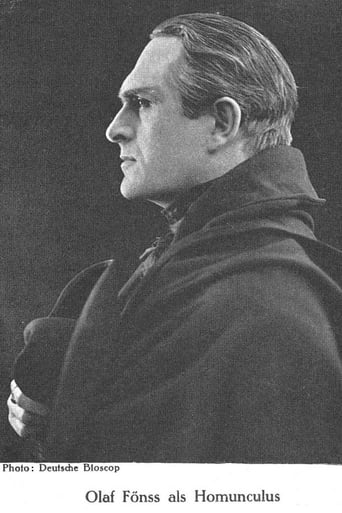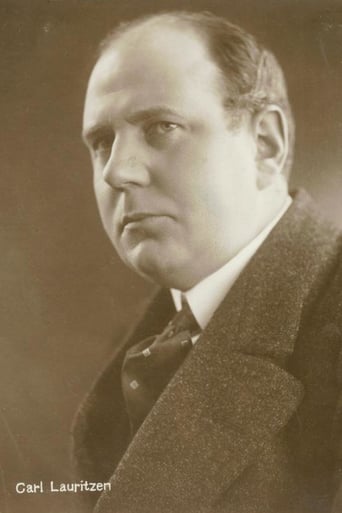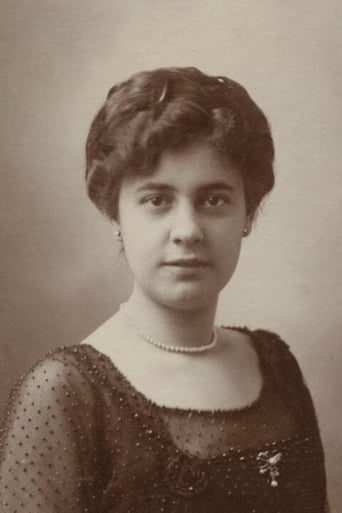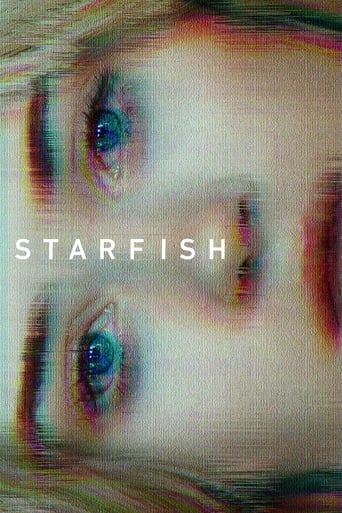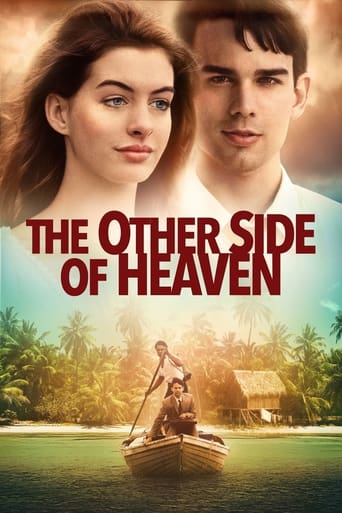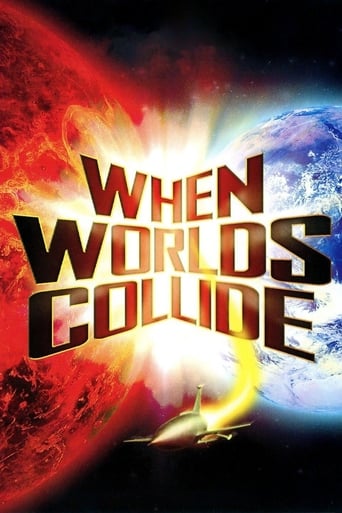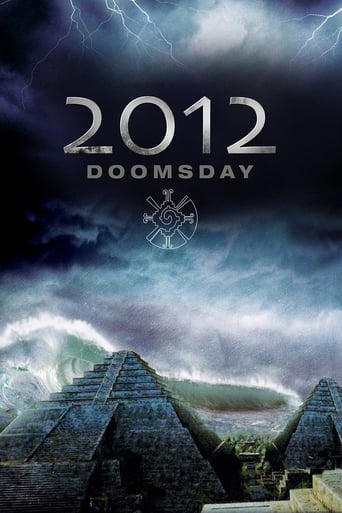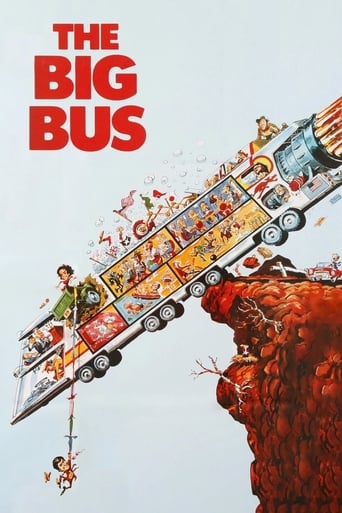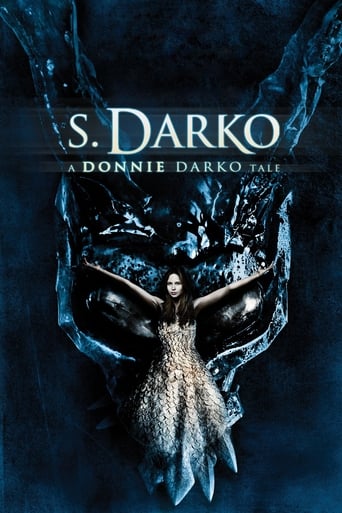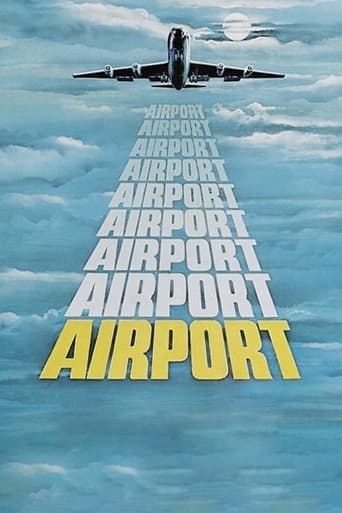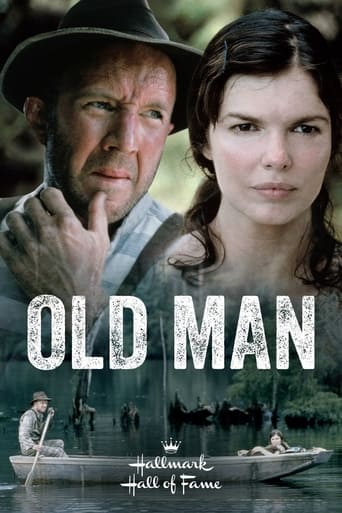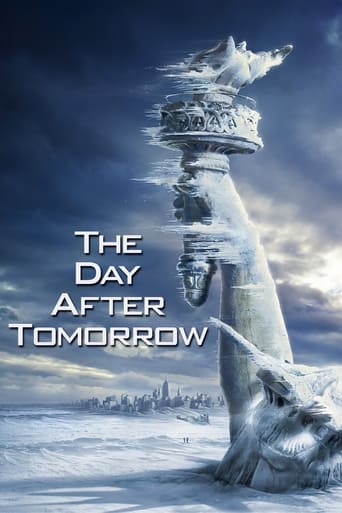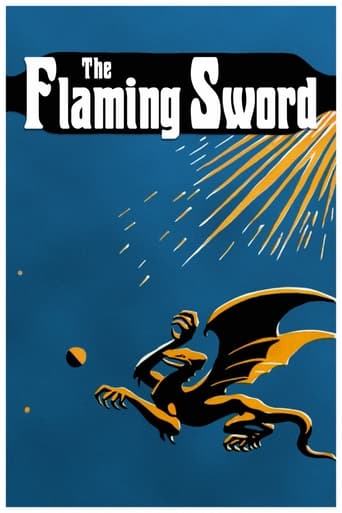
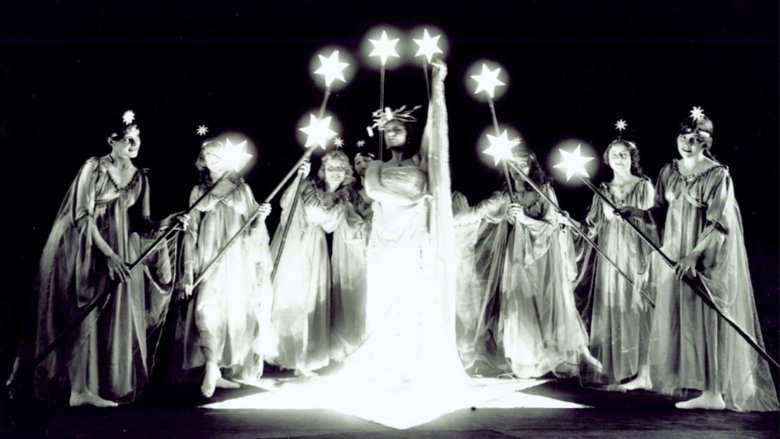
The End of the World (1916)
Foreman West lives in a small mining town with his daughters Edith and Dina. When entrepreneur and mine owner Frank Stoll comes to town to inspect the work, he falls in love with Dina. Against her father's will, she elopes with the unscrupulous Stoll. News of a meteor approaching the earth causes panic and Stoll exploits the situation to make a killing on the stock market; Collaborating with the press to quell the news of the meteor eases public tensions and guarantees him a fortune. He plans to survive in a secret underground tunnel, with Dina and his wealthy pals in tow. But things don't go as planned.
Watch Trailer
Cast


Similar titles
Reviews
It was good. Now I'll just have to watch Himmelskibet (A Trip to Mars).Basically the story is very simple. Some scientists notice a comet that is going to hit the earth and they release this information and it causes a panic. The main focus of the film is not the event of "the end of the world" itself but how the people cope with that. It is very much a drama with scientific speculative fiction on the background. Overall the film was nicely paced, not too long although it stayed in some places a bit too long for no good reason and acting was solid. The story was also quite interesting although slightly predictable and I enjoyed it. It also has a pretty uplifting ending.
The Danish astronomer Herr Professor Wisemann ( as he is called) is a learned scientist who recently discovers a new comet. Herr Wisemann, an expert on the subject, calculates that the comet is likely to enter the earth's atmosphere, causing huge destruction and disaster. ( It's funny, but some centuries ago a very similar comet passed by the Earth and probably due that in those ancient times astronomy wasn't yet perfected, the people thought that such sign in the sky meant a totally merry event ) But even in such horrible situation, there are greedy and scrupulous men who will try to get some personal benefit from such disaster, as the mine owner Herr Frank Stoll intends to do "Verdens Undergang", a film directed by Herr August Blom in the silent year of 1916, is a very interesting metaphor about the WWI; the film was made precisely during the Great War and there are constant and sibylline references about such warlike conflicts during the whole film.As the main title implies, "Verdens Undergang" (well for all those illiterate youngsters who don't know Danish, this means "the end of the world")... reflected a terrible feeling that existed in Europe during the first and most important conflict between mankind. Specifically "North-Western Europe" is the place which according to Herr Professor Wisemann's calculations, the comet will enter the Earth's orbit, causing a huge disaster. Certainly that's an obvious reference to the land in where the war caused destruction, damage and pain.During the whole film there is a continuous feeling of helplessness since peace wasn't in sight. For this reason the film is a consecutive sequence of uncertainties and how the worst nature of human beings ( ambition, greed, hate, familiar feuds ) arises to aggravate an unexpected big disaster in a turmoil of primal human conduct that will succumb with the coming of the comet.But in spite of such cataclysm for mankind, there is a flicker of hope with a new and better future at the end of the film. Among the few survivors are a priest (the most obvious representation of hope) and two youngsters in love reunited again in a small chapel (more obvious religious references, ja wohl!) happy for being together again in the middle of such disaster. But after all, they are looking with hope at what is an uncertain future in a scene that exemplifies perfectly the yearning for a new hope reborn after the cataclysm.The film is a proper and well manufactured Danish film production, that in those early times had a lot of reputation around the world ( the film starred Herr Olaf Fonss who was one of the most important early Danish actors and who worked with the most important German directors of that time too ). Seen in this picture are early techniques and special effects achieving a solid film narrative by intertwining the worst of human nature with the comet's menace. In images in the form of a sci-fi film, everything is placed in a modern context that basically is valid today insofar as the pain and sorrow that causes the outrage of men.And now, if you'll allow me, I must temporarily take my leave because this German Count is waiting for a visit by Herr Halley.Herr Graf Ferdinand Von Galitzien http://ferdinandvongalitzien.blogspot.com
The qualities and faults I mentioned above with respect to A TRIP TO MARS (1918) pretty much apply to this film as well - with which it's been ideally paired on an otherwise bare-bones DVD from the Danish Film Institute. Still, I'd give the edge (if ever so slightly) to THE END OF THE WORLD - even if it does take forever for the titular cataclysm to begin! In fact, the first half gets bogged down in scenes of domestic melodrama - though these are countered by interesting passages involving a wicked financier, who's willing to cheat at the stock market by having the catastrophe downplayed in his papers! Amusingly, he then makes a fist at the sky whenever he happens to glimpse the falling meteor (an obvious painting, it's visible at all times) because it will naturally mean his ruin (he seems to be less concerned, however, that it will most certainly also prove to be his undoing in a physical sense!). He still decides, somewhat perversely, to hold a 'last day on earth' meal for his family and friends - since he intends to escape through a secret passage which leads from his house to the underground mines he owns...but hadn't quite counted on the working-class, who have themselves planned to 'celebrate' the apocalypse in grand style (by turning on their long-standing aristocratic oppressors!).The scene in the mine actually displays some atmospheric lighting - and the special effects, though clearly primitive, are fairly effective (in particular, the images of the mining-town with the smoke from its factory-chimneys mingling with that from the flaming meteors). The catastrophe also sees the town convincingly flooded; an elderly priest's subsequent clumsy attempts to control a boat in water provides some unintended chuckles. The ending - following the disaster, a couple is reunited - seems to be reaching out for spirituality, but the fact that only they (and the aforementioned priest, who had been practically holed up in their house the entire film!) seem to have survived makes it look contrived more than anything else...By the way, renowned French film-maker Abel Gance made a similarly-titled film in 1930; regrettably, when it was broadcast (for the first time ever in my neck of the woods) on late-night Italian TV - incidentally, on New Year's Eve of 2005 - I missed it...because, at the time, I was staying in Hollywood!!
I saw the Danish Film Institute's digitally-restored print of this film when it was screened at the Cinema Muto festival in Sacile, Italy, in October 2006.In 1910, the entire planet Earth went through the tail of Halley's comet. The only physical effect was that nights were brighter than usual that year (nowadays, we wouldn't notice, due to all the light pollution!). However, a societal effect was a sharp increase in apocalyptic stories, with the world ending due to a comet or some similar phenomenon. The vogue continued for some years thereafter, leading to Conan Doyle's 1913 novel 'The Poison Belt' and perhaps even Hollywood's apocalyptic drama of the 1930s, 'Deluge'. The mise-en-scene of 'Verdens undergang' makes it clear that this film is inspired not only by the recent visit of Halley's comet but also by the steadily worsening Great War elsewhere in Europe, and by the peasants' overthrow of the Czar in Russia.Carl Lauritzen plays a mine foreman named West. His two daughters are a study in contrasts: blonde virginal Edith (Johane Fritz-Petersen) and dark adventurous Dina (Emma Thompson, I mean Ebba Thomsen). After jilting a poorer man named Flint (Thorleif Lund), Dina elopes with Frank Stoll (Olaf Fønss), an industrialist who practically has dollar signs tattooed on his forehead. Edith is content to cast her lot with that of Reymers (Alf Blütecher), a poor but honest ship's officer.Meanwhile, there are reports that a comet is on a collision course with Earth. (Don'tcha hate it when that happens?) Stoll cleverly exploits the mounting panic to make a stock-market fortune for himself ... even while the apocalyptic rumours are becoming more obviously an accurate prediction. The movie never questions why Stoll is so obsessed with increasing his wealth when even he realises that the world is doomed.Now get this, please. On the night when the comet is scheduled to strike Earth and kill everybody, Stoll and Dina invite all their wealthy decadent friends to an orgy in the Stolls' mansion. There's lots of frenzied orgiastics (1916 version). Meanwhile, Flint leads an attack of the enraged proletariat on the mansion. I found the behaviour of the lower-class characters in this movie even less plausible than the behaviour of the wealthy ones: fully aware that this is the last night of their lives, they waste it by trying to destroy someone else's property and killing them ... even though that property and those lives are going to be ended tonight anyway. Sure enough: Flint and the Stolls die BEFORE the world ends.SPOILERS COMING. Meantime, fire rains from the heavens while the oceans flood the continents, in an apocalypse that looks astonishingly biblical. Rising seas, of course, are nothing for ship's mate Reymers. When all the trouble dies down, it appears that there are only two people left on Earth: Reymers and Edith. Up until now, we've been reminded of the Book of Revelations ... but now it looks like we're back to Genesis, with a Danish version of Adam and Eve. Cue the end credits.'Verdens undergang' occasionally teeters on the edge of risibility, since most of the actors in this film appear to be playing social archetypes rather than human beings. Several times while watching this movie, I was reminded of my all-time favourite film -- 'Metropolis' -- but, in every single way that these two movies are similar, 'Metropolis' is definitely superior.I was deeply impressed with how 'Verdens undergang' managed to stage the end of the world, and its aftermath, on a much lower budget than Fritz Lang had for 'Metropolis'. The scenes of the comet's arrival are simply and cheaply depicted, by means of showering sparks and billowing smoke: this understated effect is surprisingly convincing, and eerie as well. Later, the scenes of the rising flood provide some powerful exterior shots. I'm always intrigued when film-makers attempt to depict an apocalypse (or any real disaster) in locations where people are actually living and working, rather than on a studio set. 'Verdens undergang' is not the most plausible end-of-the-world film I've ever seen -- that would likely be 'The Day the Earth Caught Fire' -- but it's eerily compelling in its own right, and I'll rate this movie 9 out of 10.


